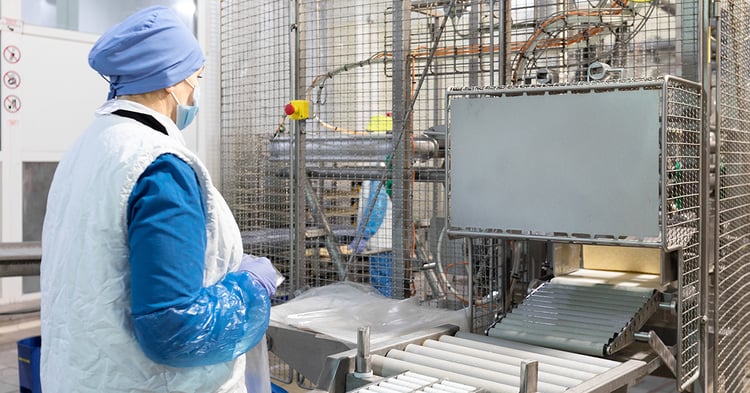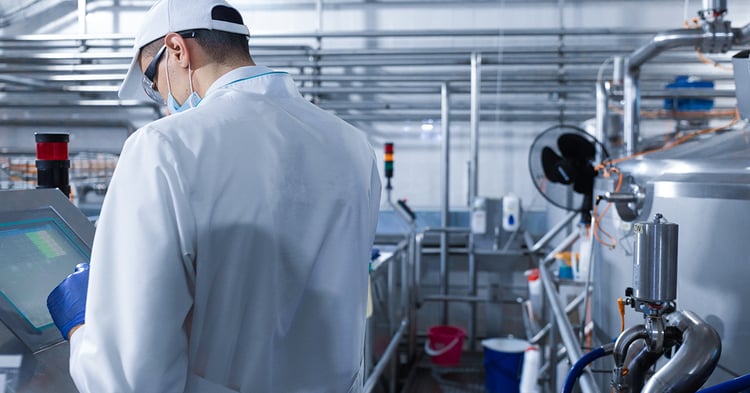![]()
Since the advent of digital manufacturing, we've witnessed a migration of architectural models that closely resemble the general-purpose computing architectures that sparked the digital revolution.
A mainframe-based system was used in the largest and most demanding process applications. These then adopted the client-server approach popular in the 1990s and early 2000s. Consumer and business IT markets are already adopting a new architectural model. What will be the future MES architecture model?
Given the history, it is safe to assume that MES and other operations systems will have to adopt a hybrid form to fulfill the many stakeholder needs. Most time-sensitive computing is done on factory floor devices, whereas other tasks are being done in the cloud. You can preserve your MES investment by choosing an MES that can run on the edge, in the cloud, and in hybrid environments.
Although general-purpose computing and industrial computing is parallel in trajectory, the latter is found to be lagging behind
Since the invention of the ENIAC more than 75 years ago, industrial applications of computers have roughly tracked the progress of general-purpose computing. While mainframe computers were used to oversee shop floor operations around sixty years ago, the DEC PDP-8 introduced affordable digital computing to the plant floor.
Minicomputers, microcomputers, personal computers, and extensive local area networking have become prevalent on the plant floor for anything from process control to data gathering and supervisory capabilities. Cloud computing became extensively adopted on the plant floor in the last two to three years, especially for applications like MES. So, now what?
Today's IT Environment is Defined by Cloud, IoT, Mobile, and Edge Computing
In our daily lives, we all use a variety of IT technology. Cloud, Internet of Things, handheld gadgets, and smart appliances and devices define our everyday existence.
Here are 7 Questions Expose the Advantages of Manufacturing Execution Systems (MES)
Manufacturing Will Follow Distributed Computing
Modern manufacturing is becoming increasingly digitized. Staff must now access information on mobile devices at any time, any place. With the emergence of Augmented and Virtual Reality (AR/VR) on the shop floor and the widespread use of the Cloud for MES and another plant floor supervisory and support activities like quality and maintenance, change is evident. It symbolizes the future of factory floor computing and aligns with general-purpose, commercial, and consumer computing.
Making Certain That One’s MES Architecture Is Designed to Grow and Change
Because many manufacturers utilize MES to run their operations, MES must operate in this new context. In other words, your MES architecture must be able to run in the cloud, on the plant floor in dedicated services, and offload some of its computing work to edge devices.
Microservices architecture is required for this. When selecting a new MES, ensure it meets all of these criteria. If your present MES is not a microservices design, you should upgrade it immediately. Now is the time to invest in preventing severe technical debt.


